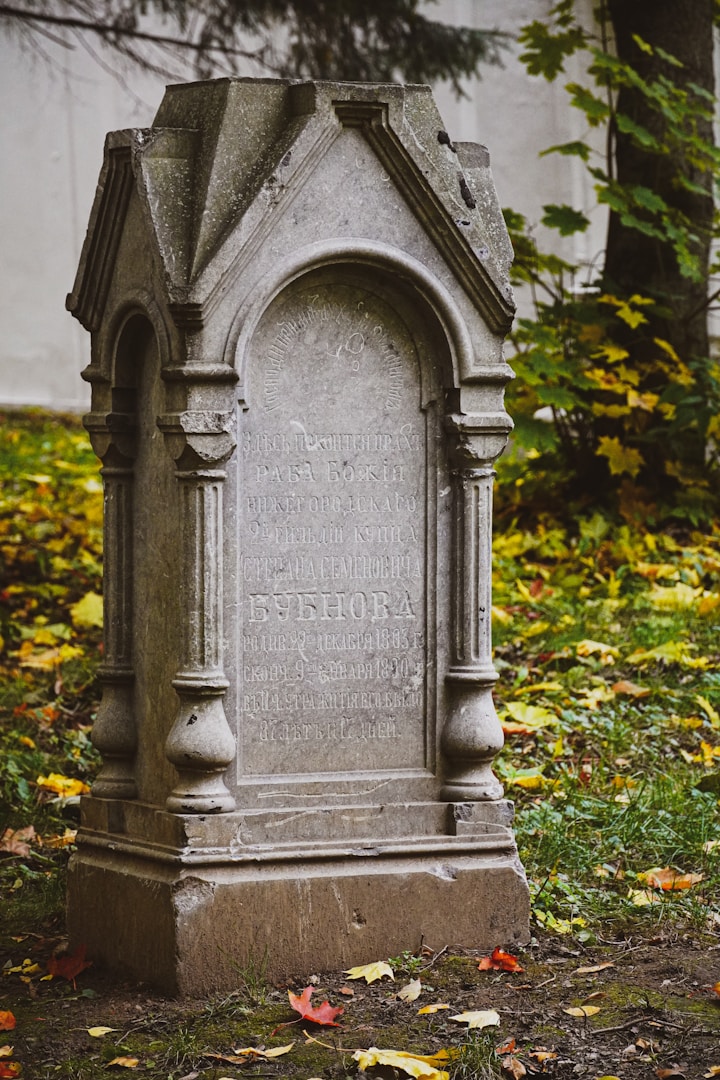Throughout history, people have made memorials to commemorate loved ones or mark special occasions or places. Today memorials can be made with a multitude of options to suit specific requirements. Before ordering stone memorials you will need to check that it is in accordance with local council regulations. It is also recommended that the suppliers and installers are fully qualified stonemasons.
Colour & Finishes
Style


Photos, images, artwork, and text can be etched into granite memorials of any size and shape. Laser etching can only be done in black granite to allow for a good contrast of colour for the image. A full-size original of the image or high-resolution scan is the best to supply to ensure that best quality is achieved.
Inscription Method
Inscription Colour
Font Type
Let us know your favorite
Heading Suggestions
Middle Text Suggestions
Closing Line/Epitaph Suggestions